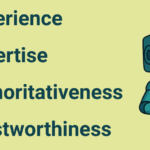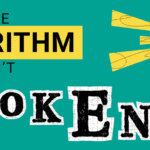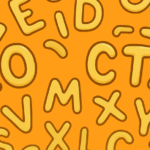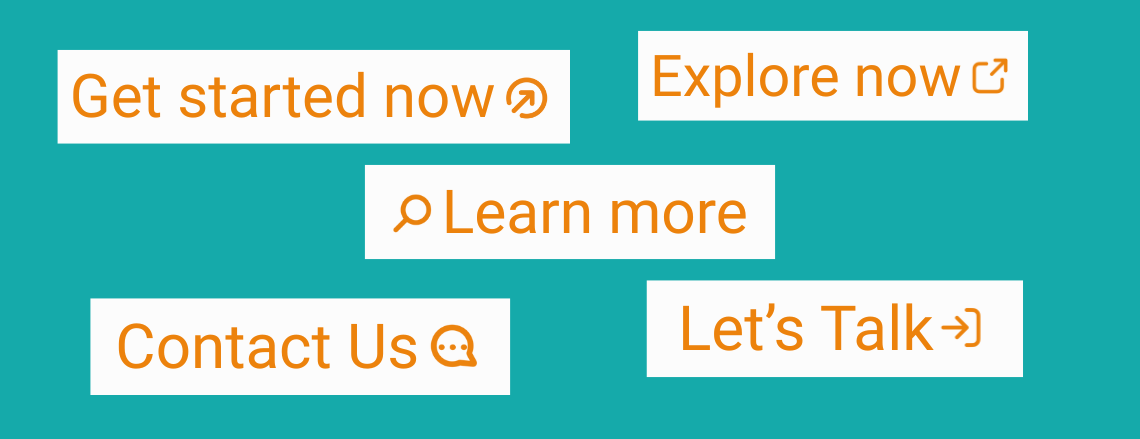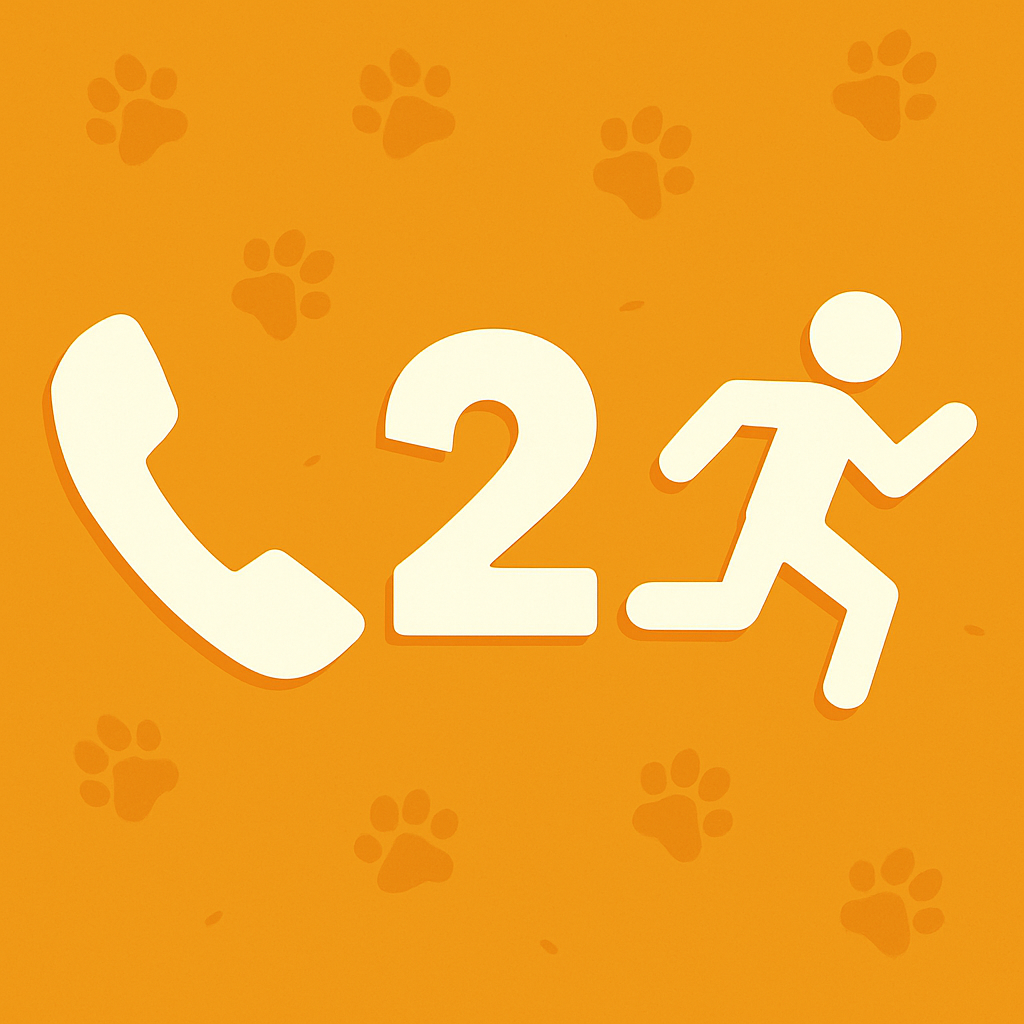
Your website’s call-to-action (CTA) is the single most important bridge between a casual visitor and a potential customer.
It’s the “Shop Now,” “Contact Us,” or “Learn More” button that turns passive browsing into active engagement.
So, if your audience isn’t making that leap, it’s time to look closely at what’s working—and what isn’t.
Why Your CTA Might Be Underperforming
If your clicks are low, it’s often not because people aren’t interested; it’s because the CTA isn’t doing its job as effectively as it could be. It usually comes down to a few common hurdles.
Here are some of the most common reasons:
- Vague Language: Buttons that say “Submit” or “Click Here” are instructions, not invitations. They don’t inform the user of what they receive in return for their click.
- Poor Placement: Is your CTA buried at the very bottom of a long page or lost in a dense paragraph? If users can’t find it easily, they can’t click it.
- Low Visual Contrast: A button that uses the same color palette as its surroundings becomes camouflaged. A CTA needs to stand out, not blend in.
- No Clear Value: Your CTA should be the conclusion to a compelling argument. If you haven’t clearly communicated the value of your offer, there’s no motivation to act.
The Anatomy of a High-Converting CTA
Building a better CTA doesn’t have to be complicated. The most effective ones are built on a foundation of clarity, value, and innovative design.
Focus on these four core elements:
- Action-Oriented Language: Start with a strong verb that commands attention. Instead of “Our Services,” try “Explore Our Services.” Instead of “Form,” try “Get Your Free Quote.”
- Benefit-Driven Text: Instantly answer the user’s question: “What’s in it for me?” “Download the Free Guide” is much more compelling than “Download.”
- High-Contrast Design: Your CTA button should be one of the most visually prominent things on the page. Research by HubSpot has shown that simply changing a button’s color to contrast with the page’s design can significantly increase conversions.
- Clear Visual Feedback: A great CTA should respond when a user hovers over it. This visual feedback, known as a hover effect, confirms that the button is interactive and encourages the user to click.
You can learn all about the power of these details in our complete guide to hover effects. ➝ https://starkcreate.com/articles/beyond-the-click-why-your-website-needs-engaging-hover-effects/
Location, Location, Location: Where to Place Your CTA
Even a perfect CTA will fail if it’s in the wrong place. While every page is different, here are three high-visibility spots to prioritize:
- Above the Fold: On your key pages (such as your homepage), place a primary CTA in the top section so visitors can see it without having to scroll.
- In Your Website Header: A permanent “Contact Us” or “Request a Quote” button in your main navigation menu ensures it remains accessible at all times.
- At the End of Content: After a user reads a blog post or service page, they’re primed for the next step. Conclude every page with a relevant CTA.
Consistency is Key
Think about your favorite websites. You probably know exactly where to find the ‘Log In’ button or the shopping cart without even thinking. That’s the power of consistent placement. Here’s how to apply it:
- On Your Website: By placing your primary CTA in the same spot on every page (such as the top-right of your header), you train your visitors, reducing their mental effort and making it effortless for them to take the next step.
- Across Social Media: Whether it’s always telling followers the “Link in Bio” is ready or using a similar visual style for your call-to-action graphics, a consistent approach makes your brand feel reliable and easy to navigate.
Our Final Thoughts
A call-to-action is more than just a button; it’s a strategic tool that guides your audience to their next step. When your language is clear, your design is compelling, and your placement is intentional, your CTAs will turn interest into action. This belief in clear, purposeful strategy is at the heart of what we do at Stark Create. We help businesses craft messaging and designs that not only look good, but also deliver results.
Let’s talk about what’s next for your website!

